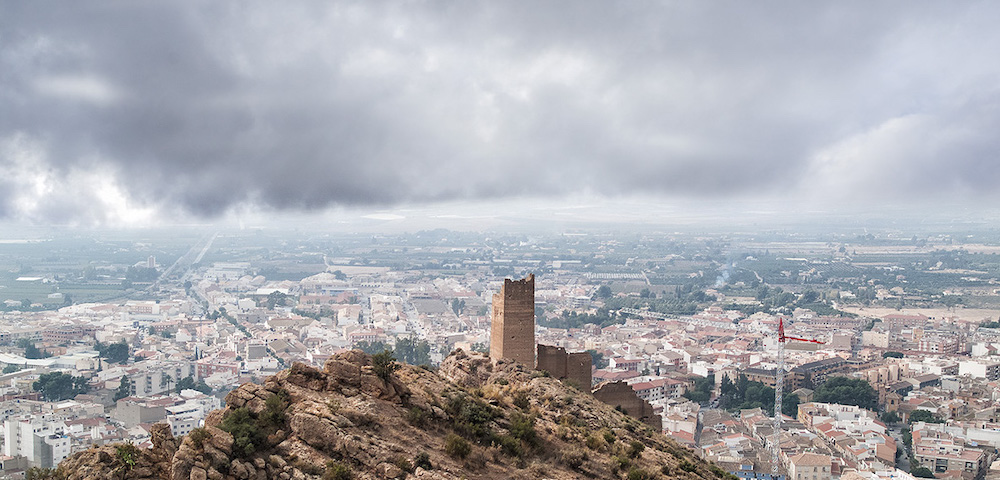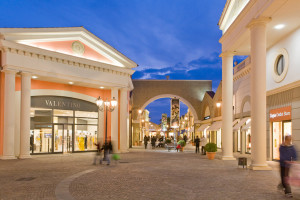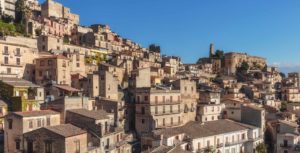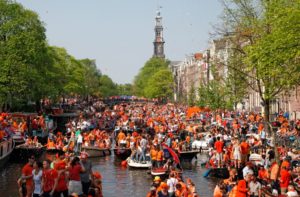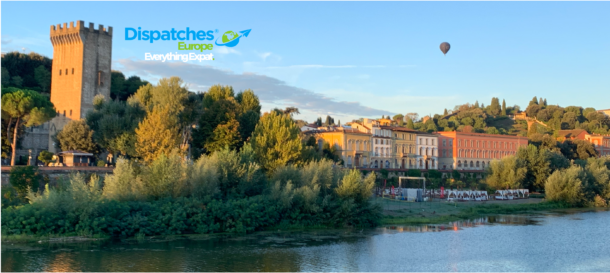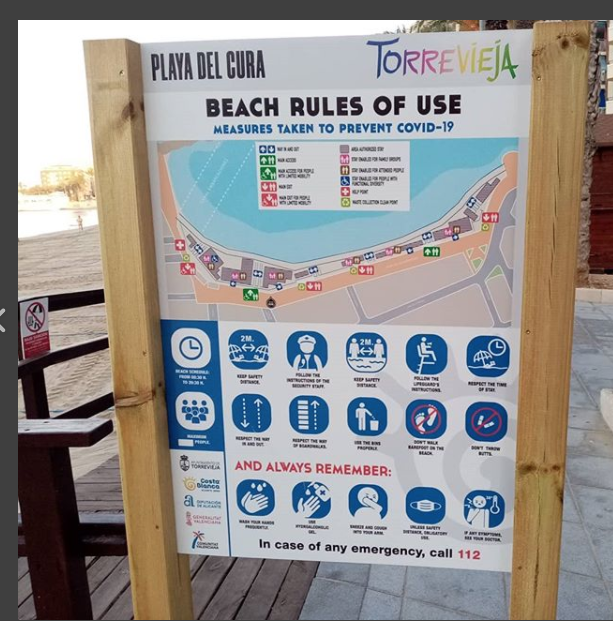
Where do expat insiders in Spain go if they tire of Alicante’s beaches? Even a pandemic like Covid-19 has a silver lining. The many glorious beaches not only of Alicante itself but also of the resort towns of Torrevieja, Benidorm or Santa Pola won’t be overcrowded.
But, strict access controls will be in place, together with other rules which might be more uncomfortable: no sun loungers for rent, no big groups and masks and social distancing are required.
These coronavirus controls are the reasons why visitors and expats alike will look for alternatives, or else it might just get too hot. Even now, the temperatures already reach 30-plus degrees Centigrade. Fortunately, there are plenty of interesting and entertaining locations the farther you go inland and toward the mountains.
Just be aware that you need a car to reach the following suggestion. Also make sure you bring appropriate foot wear because you have a lot of walking and a bit of climbing to do. Flimsy sandals or flip flops are a no-no. Don’t forget a sun hat either.
Guadalest
Head for Benidorm, then follow the signs to La Nucia to get to Guadalest. It’s only about 20 kilometers from Benidorm but on a very winding road so it makes the trip seem much longer. On the way make a stop in Polop, a mountain village with a unique attraction: a market square surrounded by 100 drinking water fountains.
Guadalest is surrounded by the Sierra de Aixorta, Sierra de Serelle and Sierra de Aitana mountains and divided by the Guadalest River. The first thing you see is the Castle of San José perched on a sheer cliff and, not far from it, a tiny bell tower standing on its own rock. Below stretches an emerald green reservoir with a footpath all around it.
The parking area is on the middle level of town so you decide whether you go down to the reservoir first or make your way up a rather steep road and several steps towards the castle. The castle area and the Old Town – called El Arrabal – are connected by a tunnel. That keeps you pretty cool even on the hottest summer day.
Plenty of small shops line the way up to the castle offering hand tooled leather goods and jars of the local honey and marmalades. No shortage of cafes and tapas bars, either.
If you happen to be a culture fan, you will be pleased to know that Guadalest, small as it is, boasts no fewer than seven museums including the Museo Vehículos Angiguos Guadalest, which is the only one open until 7 July.
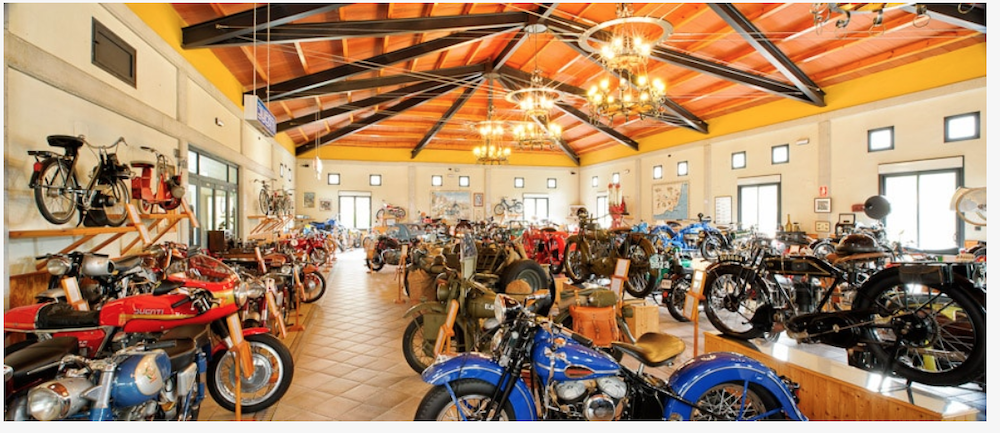
If you’re a motorcycle enthusiast, this museum has an amazing collection of rare and antique Spanish motorcycles restored over 38 years including Bultacos, Ossas and Montesas from when Spain was a major industrial power. There are also collectible cars and motorcycles from Italy, Britain and the United States. It’s 4 euros to get in, free for kids.
Algar Waterfalls
On your way back from Guadalest, visit the town of Callosa d’en Sarria with the spectacular Fonts d’Algar or Algar waterfalls. The river Algar empties into the Mediterranean at Altea. On its way, three roaring cascades of water splash into a series of natural pools at Callosa. The entire area is a nature reserve which includes an arboretum, open to the public. You can walk the entire length of the waterfalls (1.5 kilometers) by following a wooden footpath with stairs and platforms leading from one pool to the next.
Bring a swimsuit and towel because you can also take a dip in the pools.
The main entrance has a bar, restaurant and facilities as well as a rather pretty souvenir shop. If you want to spend more time, just make it a separate day trip.
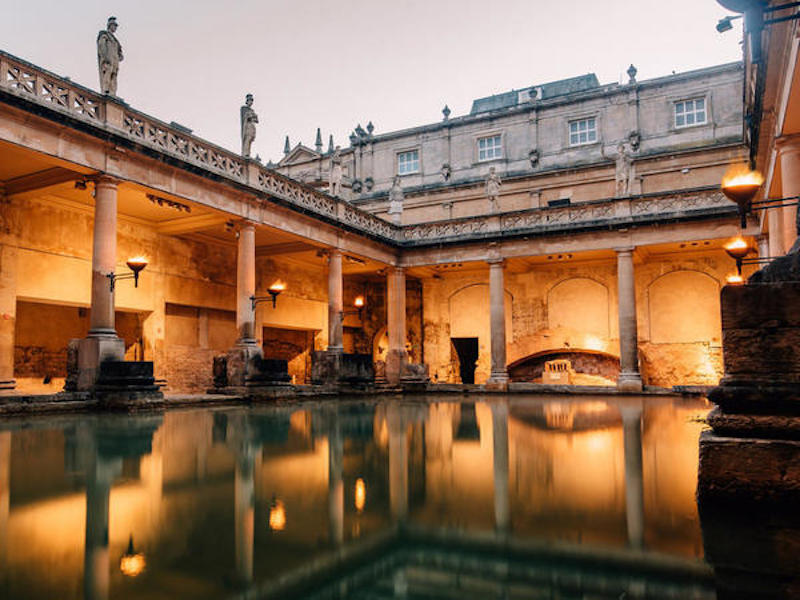
Alhama de Murcia
A “beach escape” of a different kind, and in the opposite direction from Callosa d’en Sarria is a trip to Alhama de Murcia. This town can actually be reached by public transport taking a bus to Murcia, then from there to Lorca. It stops in Alhama.
This is a bit of an insider tip as not all that many expats know about the place. Already on your approach you see the remains of a medieval castle on top of a sheer cliff.
At the foot lies the greatest attraction: the Roman baths. Dating from the 1st century and beautifully preserved under glass walkways, you look down at chamber after chamber of the Roman bath, the heating system and the outlets where the water from the hot springs of the area were filtered into the bath. The surrounding gardens are full of flowers.
The town itself is lovely too. There is a square called Court of Ducks with a fountain, surprisingly adorned not with ducks but sea horses. Plaza Vieja is flanked by colorful houses and the church of St. Lorenzo is worth a visit too.
You’ll have the pleasure of wandering around this great place undisturbed by tourists. If you love nature and hiking and plan another day trip in this direction, the nature park of nearby Sierra Espuña is waiting for you.

About the author:
Inka Piegsa-Quischotte is an international attorney-turned-travel and lifestyle writer based in Spain. She has contributed to BBC/Travel, several inflight magazines, TripSavvy (Spain) and TravelAwaits among many other publications. After several years in Turkey, she now lives on Spain’s Costa Blanca.
Read more about Spain in our Dispatches archive here.
Inka Piegsa-Quischotte is an international attorney-turned-travel and lifestyle writer based in Spain. She has contributed to BBC/Travel, several in-flight magazines, TripSavvy (Spain) and TravelAwaits among many other publications.


